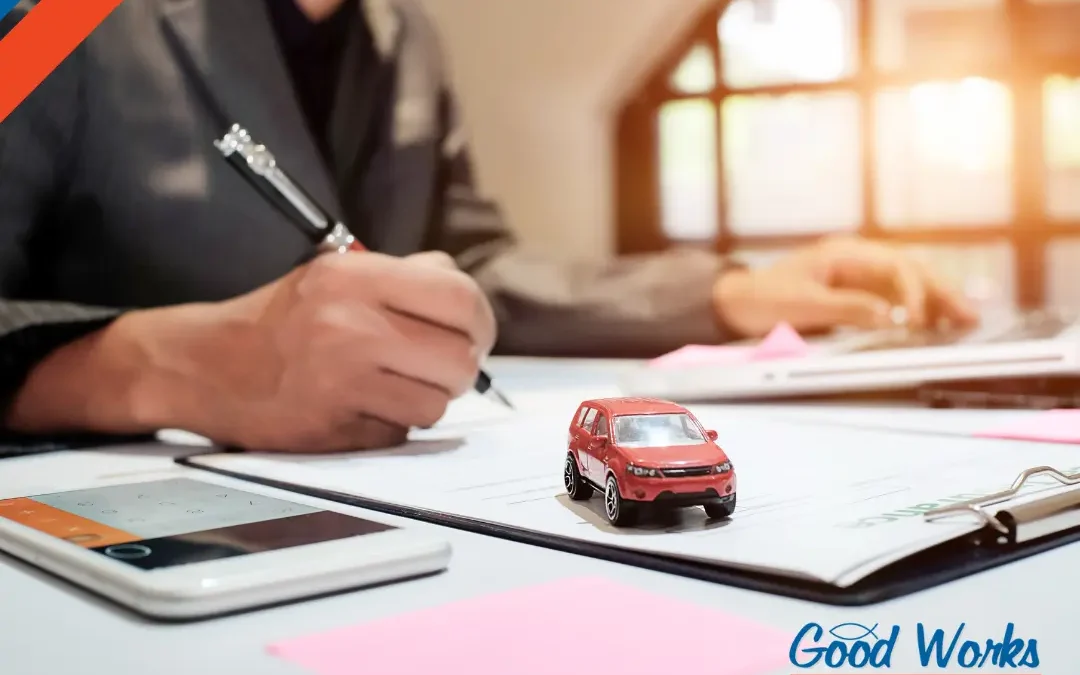 This time of the year is a favorite for long road trips, but before you hit the road to sightsee America, here are some basic car maintenance tips you should have done first.
This time of the year is a favorite for long road trips, but before you hit the road to sightsee America, here are some basic car maintenance tips you should have done first.
Tires
Let’s start with the wheels and tire maintenance on your car. Most cars should have their tires rotated every 5,000 miles. Your technician can take care of that for you and he/she will also check the tire pressure.
Tire pressure will change as the temperatures rise and fall. With warmer weather heading your way, you will need to pay extra attention to your tire pressure. If your tires are under inflated, it can affect your gas mileage and handling. It is important to keep an eye on the tire treads as well; bald and slick tires can be exceptionally dangerous on the road. If your tires are showing signs of wear and tear, it is a good idea to invest in some new ones. The upfront cost is worth it, considering the added safety and handling.
Engine
Your car’s engine also needs some basic maintenance before you hit the road. Your service technician should check a series of rubber drive belts that loop around various pulleys, driving everything from the alternator to the a/c compressor.
Rubber breaks down, more so, in extreme conditions like those found in an operating engine bay. Get your timing belt and accessory drive belt checked every 25,000 miles, preferably replacing it every 50,000 miles.
Fluids
Your vehicle needs fluids to run smoothly. Your auto repair shop should also check all the fluid levels in your car. Coolant is a staple for a happy car. They will also check engine oil levels and transmission fluids for you.
Battery
Checking your car battery in warm weather is also a simple maintenance procedure that should be done before hitting the road. Your auto technician should also check the battery terminals. It’s important to keep them clean so that the current can pass freely around the electrical system in your car. Extreme temperatures can suck the life out of your battery, get it checked before you end up stranded on the road.
Warning Lights
Every new car now comes with OBD-II – On Board Diagnostics 2. This is a fault-registering system connected to sensors all over the car, engine, fuel and emissions system. When the check engine light comes on, it can mean many things. There is something like 4,000 unique OBD2 codes that can be stored.
Handheld OBD2 diagnostic tools can be plugged in to the OBD2 port which is normally under the dash on the driver’s side. These tools can read out the fault code and/or reset the system to contain no codes. Your auto repair shop will be able to find the issues behind the reason “warning” lights are coming on. If you have any lights registering, you should definitely have them checked out before you hit the road.





